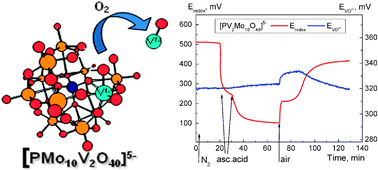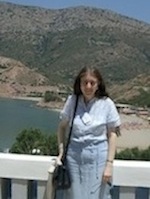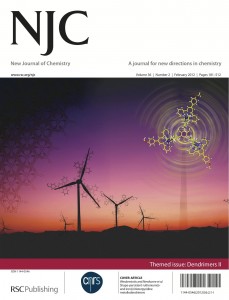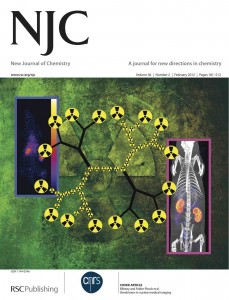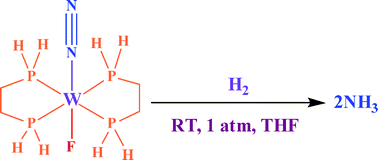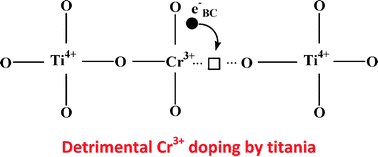Three prestigious institutions will be hosting members of the NJC editorial board and two NJC editors for the 2012 NJC Symposium: New Directions in Chemistry, which will be held during the last week of April 2012. Each one-day symposium will feature presentations by the editorial board members, prominent local chemists and the editors.
These symposia are free and open to all interested persons.
Please send an email with your full name, affiliation, status and which symposium you wish to attend by April 15th. This will allow us to welcome you under the best conditions.
Please join us and meet:
Members of the NJC Editorial Board who will be participating in the 2012 NJC Symposia include:
Co-Editor-in-Chief Professor Mir Wais HOSSEINI (University of Strasbourg, France)
Associate Editor Professor Michael SCOTT (University of Florida, USA)
Associate Editor Professor Peter JUNK (Monash University, Australia)
Professor Len BARBOUR (University of Stellenbosch, South Africa)
Professor Debbie CRANS (Colorado State University, USA)
Professor Odile EISENSTEIN (CNRS, Montpellier, France)
Professor Helen HAILES (University College London, UK)
Professor Takashi KATO (University of Tokyo, Japan)
Professor J N MOORTHY (Indian Institute of Technology, India)
NJC Managing Editor Dr Denise PARENT (Montpellier, France) and NJC Assistant Editor Dr Ling PENG (Marseille, France) will also be present.
April 23 at the University of Hong Kong (Host: Professor Vivian YAM)
Guest Speakers: Professors CHE Chi-ming and YANG Dan (University of Hong Kong); Professors JIA Guochen and TANG Ben Zhong (Hong Kong University of Science and Technology)
April 25 at East China University of Science and Technology, Shanghai (Host: Professor QIAN Xuhong)
Guest Speakers: Professor MA Dawei (Shanghai Institute of Organic Chemistry); Professor JIN Guoxin (Fudan University); Professor YANG Yi (ECUST)
April 27 at the Institute of Chemistry, Chinese Academy of Sciences, Beijing (Host: Professor YAO Jiannian)
Guest Speakers: Professor LIU Zhongfan (Peking University); Professors HAN Buxing and ZHANG Deqing (Institute of Chemistry, CAS Beijing)
Full details and the scientific programs will be available soon. Please check this blog in the coming weeks.
We all look forward to meeting you in Hong Kong, Shanghai or Beijing in April!











